Explore the breathtaking beauty of the islands in Vietnam. In this comprehensive guide, we’ll take you through Vietnam’s most incredible islands, ensuring you don’t miss any highlights with
YESD.
Top 8 Best Islands in Vietnam
Vietnam is renowned for its rich culture, vibrant history, and natural beauty. Among its many attractions, the islands in Vietnam stand out as some of the most breathtaking destinations in
Southeast Asia. Whether you’re looking to explore nature, enjoy pristine beaches, or dive into local life, the islands in Vietnam have it all.
1. Phu Quoc
Phu Quoc, the largest island in Vietnam, is a tropical paradise known for its pristine beaches, lush forests, and vibrant nightlife. This island is located in the Gulf of Thailand, close to the Cambodian coast. Its strategic position makes it easily accessible from various parts of Southeast Asia.

This island is home to several attractions, including the Phu Quoc National Park, which covers more than half of the island and is a
UNESCO Biosphere Reserve. Other notable spots include Vinpearl Safari, the largest wildlife conservation park in Vietnam, and the bustling Dinh Cau Night Market. Visitors can indulge in a wide range of activities such as snorkeling, scuba diving, fishing, and hiking. The island also offers excellent opportunities for exploring local markets and enjoying seafood cuisine.
The best time to visit Phu Quoc is from November to March when the weather is dry and temperatures are mild.

2. Cat Ba
Cat Ba Island is the largest of the 367 islands that comprise the Cat Ba Archipelago in Ha Long Bay.

In addition,
Cat Ba National Park is also a must-visit destination, offering hiking trails, diverse wildlife, and stunning landscapes. It’s a haven for nature lovers and adventure enthusiasts. For adventurers, the island is ideal for rock climbing, kayaking, and exploring hidden caves and lagoons. It’s also a gateway to the famous
Lan Ha Bay, known for its emerald waters and limestone karsts.
From budget hostels to luxury resorts, Cat Ba Island caters to all kinds of travelers. It’s advisable to book accommodation in advance, especially during peak seasons.
3. Con Dao
The Con Dao Islands are an archipelago of 16 islands known for their natural beauty and historical significance.

Con Dao was once a notorious prison island during the French colonial era and the Vietnam War. Today, it’s a place of pilgrimage and remembrance, with sites like the Con Dao Prison and Hang Duong Cemetery.
The islands are also a paradise for nature lovers, with untouched beaches, clear waters, and rich marine life. The surrounding waters are home to diverse marine species, including sea turtles, dolphins, and colorful coral reefs. Con Dao National Park offers opportunities for trekking, wildlife spotting, and snorkeling
4. Cu Lao Cham
Just off the coast of
Hoi An, Cu Lao Cham is a group of eight islands in Vietnam and is recognized as a UNESCO World Biosphere Reserve.

Recognized as a World Biosphere Reserve, the Cham Islands are known for their biodiversity and pristine environments. The islands offer some of the best snorkeling and diving spots in Vietnam, with vibrant coral reefs and an abundance of marine life. Visitors can experience the local culture by visiting fishing villages, enjoying traditional cuisine, and participating in local festivals.
5. Binh Ba Islands
Binh Ba Island, also known as “Lobster Island”, is famous for its seafood and serene beaches. If you’re looking for a quiet escape with fresh seafood delicacies and crystal-clear waters, this is the place to be.

The island boasts beautiful beaches like Bai Nom and Bai Chuong, perfect for swimming, sunbathing, and relaxing. Binh Ba is renowned for its lobster and other seafood delicacies. Visitors can enjoy fresh, locally caught seafood prepared in various traditional styles. This island is accessible by boat from the mainland, with several daily services available from the port city of Cam Ranh.
6. Ly Son
Ly Son Island, formed by volcanic eruptions, is known for its unique landscape and agricultural products.

The island’s volcanic origins are evident in its rugged terrain, black sand beaches, and unique geological formations. Ly Son is famous for its garlic, which is considered the best in Vietnam. Visitors can tour the garlic farms and learn about the cultivation process.

Notable attractions include the Hang Pagoda, To Vo Gate, and Thoi Loi Peak, which offers panoramic views of the island.
7. Hon Tre
Part of the luxurious Vinpearl complex, Hon Tre is home to upscale resorts, an amusement park, a water park, and golf courses.

The island also has beautiful beaches and upscale resorts, making it an ideal spot for relaxation and leisure. Hon Tre is easily accessible by cable car from Nha Trang, providing stunning views of the coastline.
8. Nam Du Archipelago
The Nam Du Archipelago consists of 21 islands, each offering unique landscapes and experiences.

Nam Du is less developed than other tourist destinations, offering a more authentic and peaceful experience. Visitors can explore the archipelago by taking boat tours, which allow them to visit multiple islands and enjoy various activities. Staying with local families and participating in daily activities provides a deeper understanding of the local culture and way of life.
How to Reach Islands in Vietnam
Reaching the islands in Vietnam is relatively straightforward, with several transportation options available. Many islands, such as Phu Quoc and Con Dao, are well-connected by air, with regular flights from major Vietnamese cities. Ferries provide another scenic and popular option, offering services from coastal cities to various islands. Once on the islands, local transportation options include motorbikes, bicycles, taxis, and buses, making it easy to explore at your own pace.
Travel Tips When Visiting Islands in Vietnam
- Best Travel Seasons: The best time to visit islands in Vietnam is during the dry season, typically from November to April, when the weather is more predictable and pleasant.
- Packing Tips: Pack light, breathable clothing, swimwear, sunscreen, insect repellent, and a good pair of walking shoes. Don’t forget a waterproof bag for your electronics.
- Local Customs: Respect local customs and traditions. Dress modestly when visiting temples and local communities. Learn a few basic Vietnamese phrases to enhance your travel experience.
Water Activities
- Snorkeling: Many of the islands in Vietnam offer excellent snorkeling opportunities, with clear waters and vibrant coral reefs.
- Diving: Diving is popular, especially around Con Dao and Phu Quoc, where divers can explore underwater caves, shipwrecks, and abundant marine life.
- Boating: Boating tours are a great way to explore multiple islands, enjoy the scenery, and participate in water sports like kayaking and fishing.
Wildlife and Marine Life
- Endemic Species: Vietnam’s islands are home to several endemic species of plants and animals. The Cat Ba Langur, an endangered primate, is found only on Cat Ba Island.
- Conservation Efforts: Conservation efforts are in place to protect the unique biodiversity of these islands. Visitors are encouraged to support sustainable tourism practices.
Cultural Experiences on the Islands
- Local Festivals: Participating in local festivals is a great way to experience the culture and traditions of the islands. Each island has its own unique celebrations and events.
- Traditional Crafts: Many islands are known for their traditional crafts, such as pottery, weaving, and fishing. Visitors can take workshops and buy handmade souvenirs.
- Cuisine: Island cuisine often features fresh seafood, tropical fruits, and traditional Vietnamese dishes. Exploring local markets and eateries is a must.
Accommodation Options
- Resorts: Luxury resorts offer comfortable stays with amenities like private beaches, spas, and fine dining.
- Budget Stays: Budget travelers can find affordable guesthouses, hostels, and homestays, providing a more authentic experience.
- Eco-Friendly Lodges: Eco-friendly lodges and sustainable accommodation options are available on several islands, catering to environmentally conscious travelers.
Island Hopping in Vietnam
- Popular Routes: Popular island-hopping routes include trips through Ha Long Bay, the Con Dao Archipelago, and the Nam Du Archipelago.
- Transportation Options: Ferries, speedboats, and chartered boats are common means of transport between islands in Vietnam. Some islands also have airports with domestic flights.
- Itineraries: Customized itineraries can be planned based on the length of stay and interests, ranging from adventure-filled trips to relaxing getaways.
Gastronomy on Vietnamese Islands
- Signature Dishes: Island cuisine features unique dishes such as grilled seafood, fresh spring rolls, and tropical fruit desserts.
- Seafood Delicacies: Seafood is a staple, with dishes like lobster, crab, and fish being particularly popular.
- Where to Eat: Local markets, beachfront restaurants, and street food stalls offer a variety of dining options.
Historical and Archaeological Sites
- Ancient Temples: Many islands have ancient temples and pagodas that offer insight into Vietnam’s religious and cultural history.
- Colonial Architecture: French colonial architecture can be seen on some islands, reflecting Vietnam’s historical ties with France.
- War Remnants: Sites related to the Vietnam War, such as prisons and memorials, are significant historical attractions on certain islands.
Sustainable Tourism Practices
Sustainable tourism is key to preserving the natural beauty and cultural heritage of the islands in Vietnam. Visitors are encouraged to adopt environmentally friendly practices, such as reducing plastic waste by using reusable bottles and bags or respecting the flora and fauna by observing without interfering. Responsible travel goes beyond environmental considerations; it’s also about supporting local economies and minimizing your carbon footprint.
Safety Tips
- Health Precautions: Stay hydrated, use sunscreen, and protect yourself from insect bites. It’s also advisable to have travel insurance.
- Safety Measures: Follow safety guidelines for water activities, and be aware of local weather conditions, especially during the monsoon season.
- Emergency Contacts: Keep a list of emergency contacts, including local hospitals, police, and your country’s embassy or consulate.
FAQs
1. What is the best time to visit the islands in Vietnam?
The best time to visit the islands in Vietnam is during the dry season, from November to April when the weather is more predictable.
2. Are there any direct flights to the islands in Vietnam?
Yes, islands like Phu Quoc and Con Dao have direct flights from major Vietnamese cities.
3. What are some must-try dishes?
Must-try dishes include grilled lobster, fresh spring rolls, and various seafood specialties.
4. Are the islands in Vietnam safe to travel?
Yes, the islands in Vietnam are generally safe for travelers. However, it’s important to follow safety guidelines and stay informed about local conditions.
5. What activities can I do?
Activities include snorkeling, diving, hiking, exploring local markets, and enjoying the beaches.
6. Are there eco-friendly accommodation options?
Yes, several islands offer eco-friendly lodges and sustainable accommodation options.
So, Are You Ready For Your Next Trip To The Islands In Vietnam
The islands in Vietnam are a treasure trove of natural beauty, cultural richness, and adventure. From the vibrant Phu Quoc Island to the tranquil Nam Du Archipelago, each island offers a unique experience. Whether you’re a nature lover, history buff, or foodie, the islands in Vietnam have something for everyone.
Looking to explore Vietnam beyond the stunning escapes? Choose YESD Tours for an experience that’s not just about beautiful views, but also about meaningful travel. As a social enterprise, YESD creates ethical, community-based adventures that support local people and protect natural environments.
Book your tours with YESD and discover the stunning beauty and rich heritage of these amazing destinations.
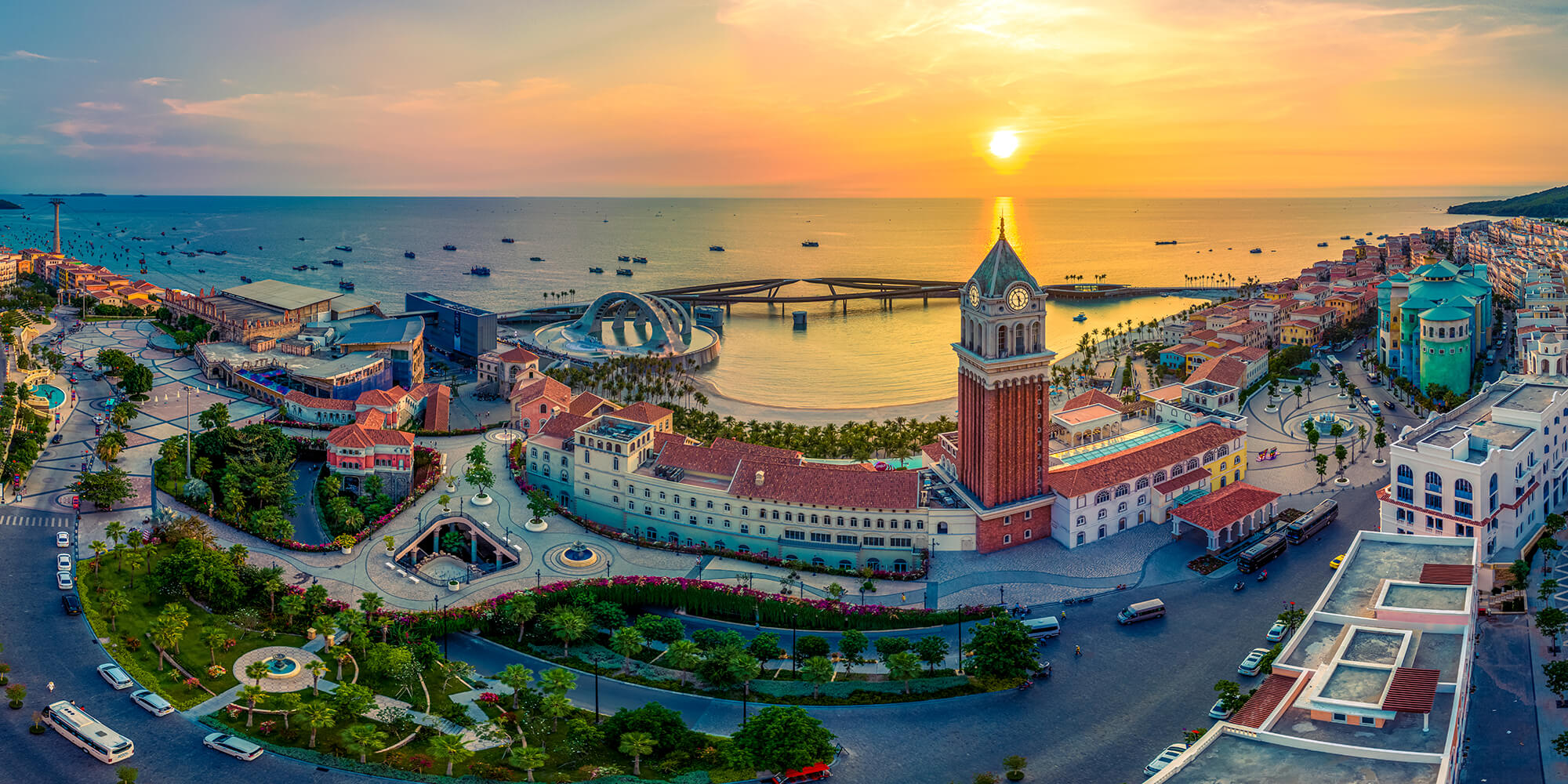
 In addition, Cat Ba National Park is also a must-visit destination, offering hiking trails, diverse wildlife, and stunning landscapes. It’s a haven for nature lovers and adventure enthusiasts. For adventurers, the island is ideal for rock climbing, kayaking, and exploring hidden caves and lagoons. It’s also a gateway to the famous Lan Ha Bay, known for its emerald waters and limestone karsts.From budget hostels to luxury resorts, Cat Ba Island caters to all kinds of travelers. It’s advisable to book accommodation in advance, especially during peak seasons.
In addition, Cat Ba National Park is also a must-visit destination, offering hiking trails, diverse wildlife, and stunning landscapes. It’s a haven for nature lovers and adventure enthusiasts. For adventurers, the island is ideal for rock climbing, kayaking, and exploring hidden caves and lagoons. It’s also a gateway to the famous Lan Ha Bay, known for its emerald waters and limestone karsts.From budget hostels to luxury resorts, Cat Ba Island caters to all kinds of travelers. It’s advisable to book accommodation in advance, especially during peak seasons.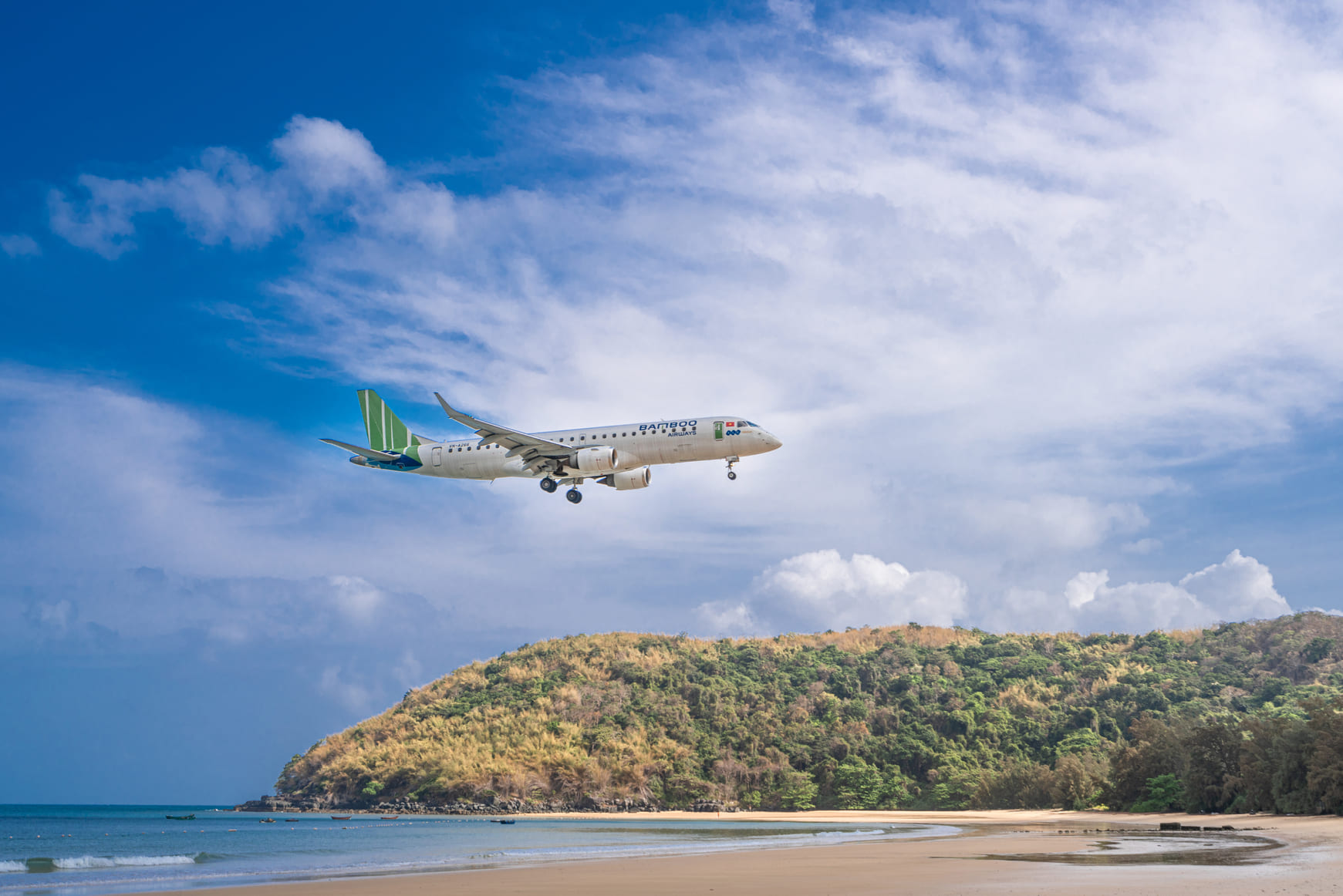 Con Dao was once a notorious prison island during the French colonial era and the Vietnam War. Today, it’s a place of pilgrimage and remembrance, with sites like the Con Dao Prison and Hang Duong Cemetery.The islands are also a paradise for nature lovers, with untouched beaches, clear waters, and rich marine life. The surrounding waters are home to diverse marine species, including sea turtles, dolphins, and colorful coral reefs. Con Dao National Park offers opportunities for trekking, wildlife spotting, and snorkeling
Con Dao was once a notorious prison island during the French colonial era and the Vietnam War. Today, it’s a place of pilgrimage and remembrance, with sites like the Con Dao Prison and Hang Duong Cemetery.The islands are also a paradise for nature lovers, with untouched beaches, clear waters, and rich marine life. The surrounding waters are home to diverse marine species, including sea turtles, dolphins, and colorful coral reefs. Con Dao National Park offers opportunities for trekking, wildlife spotting, and snorkeling Recognized as a World Biosphere Reserve, the Cham Islands are known for their biodiversity and pristine environments. The islands offer some of the best snorkeling and diving spots in Vietnam, with vibrant coral reefs and an abundance of marine life. Visitors can experience the local culture by visiting fishing villages, enjoying traditional cuisine, and participating in local festivals.
Recognized as a World Biosphere Reserve, the Cham Islands are known for their biodiversity and pristine environments. The islands offer some of the best snorkeling and diving spots in Vietnam, with vibrant coral reefs and an abundance of marine life. Visitors can experience the local culture by visiting fishing villages, enjoying traditional cuisine, and participating in local festivals.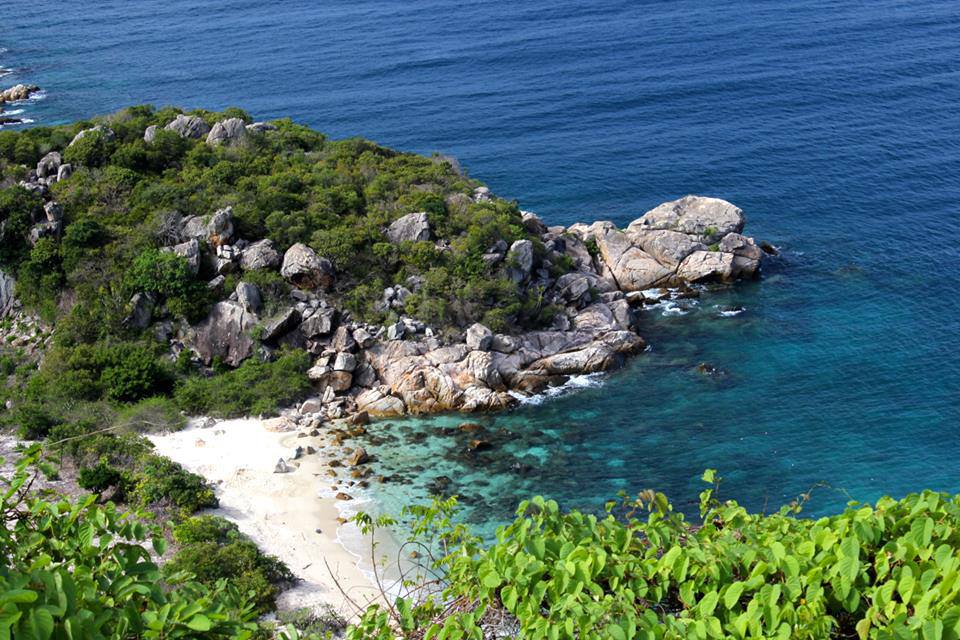 The island boasts beautiful beaches like Bai Nom and Bai Chuong, perfect for swimming, sunbathing, and relaxing. Binh Ba is renowned for its lobster and other seafood delicacies. Visitors can enjoy fresh, locally caught seafood prepared in various traditional styles. This island is accessible by boat from the mainland, with several daily services available from the port city of Cam Ranh.
The island boasts beautiful beaches like Bai Nom and Bai Chuong, perfect for swimming, sunbathing, and relaxing. Binh Ba is renowned for its lobster and other seafood delicacies. Visitors can enjoy fresh, locally caught seafood prepared in various traditional styles. This island is accessible by boat from the mainland, with several daily services available from the port city of Cam Ranh.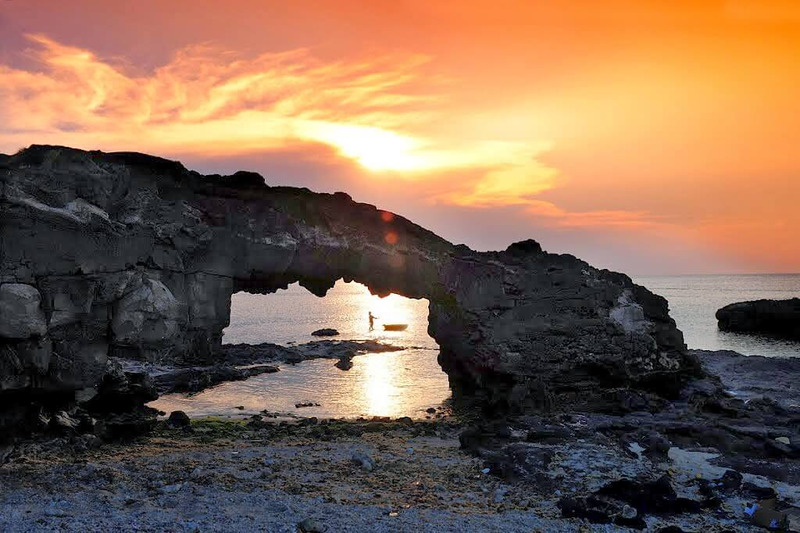 The island’s volcanic origins are evident in its rugged terrain, black sand beaches, and unique geological formations. Ly Son is famous for its garlic, which is considered the best in Vietnam. Visitors can tour the garlic farms and learn about the cultivation process.
The island’s volcanic origins are evident in its rugged terrain, black sand beaches, and unique geological formations. Ly Son is famous for its garlic, which is considered the best in Vietnam. Visitors can tour the garlic farms and learn about the cultivation process.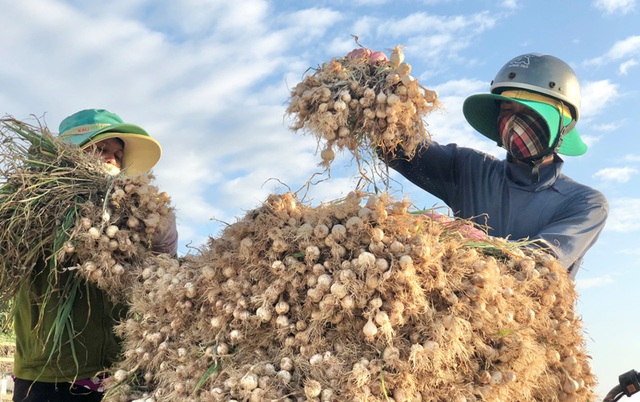 Notable attractions include the Hang Pagoda, To Vo Gate, and Thoi Loi Peak, which offers panoramic views of the island.
Notable attractions include the Hang Pagoda, To Vo Gate, and Thoi Loi Peak, which offers panoramic views of the island.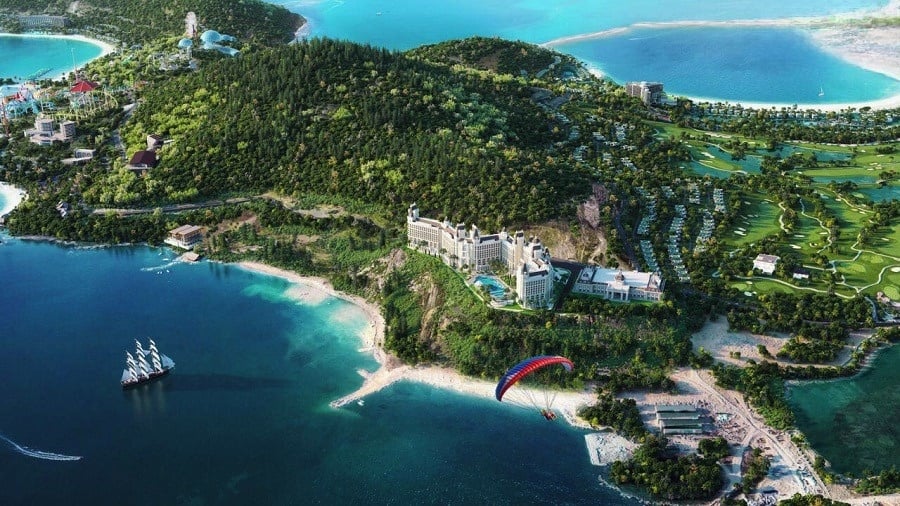 The island also has beautiful beaches and upscale resorts, making it an ideal spot for relaxation and leisure. Hon Tre is easily accessible by cable car from Nha Trang, providing stunning views of the coastline.
The island also has beautiful beaches and upscale resorts, making it an ideal spot for relaxation and leisure. Hon Tre is easily accessible by cable car from Nha Trang, providing stunning views of the coastline. Nam Du is less developed than other tourist destinations, offering a more authentic and peaceful experience. Visitors can explore the archipelago by taking boat tours, which allow them to visit multiple islands and enjoy various activities. Staying with local families and participating in daily activities provides a deeper understanding of the local culture and way of life.
Nam Du is less developed than other tourist destinations, offering a more authentic and peaceful experience. Visitors can explore the archipelago by taking boat tours, which allow them to visit multiple islands and enjoy various activities. Staying with local families and participating in daily activities provides a deeper understanding of the local culture and way of life.